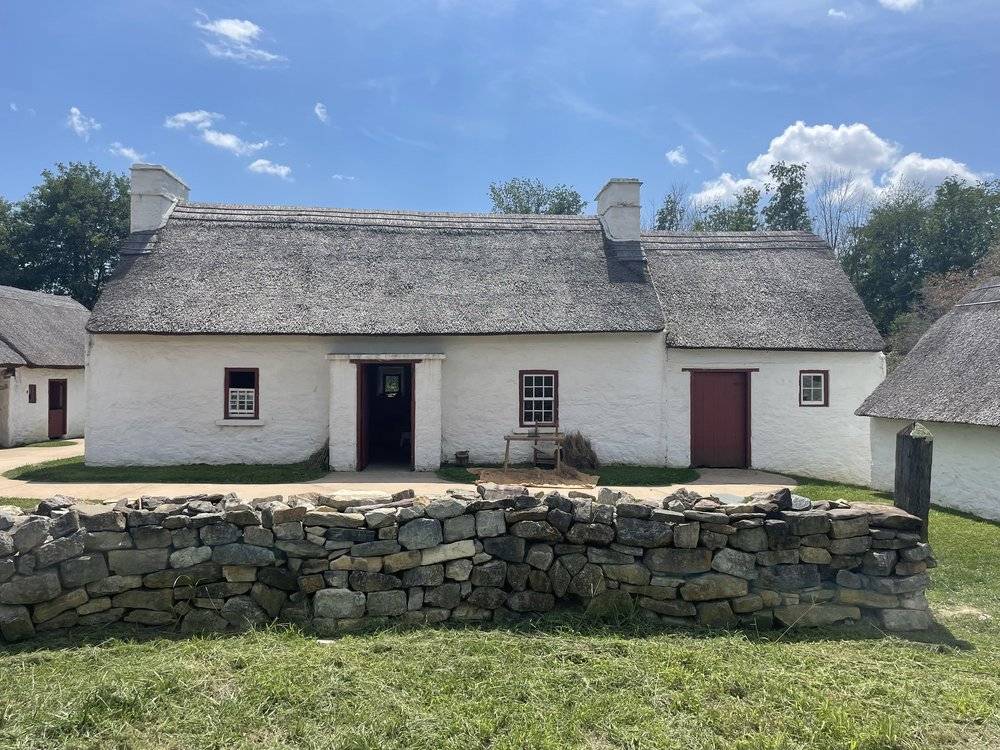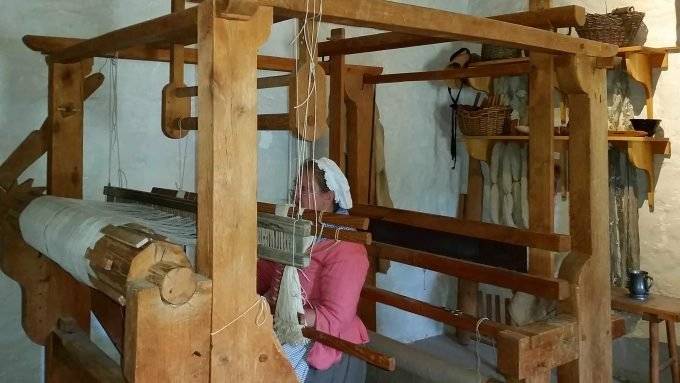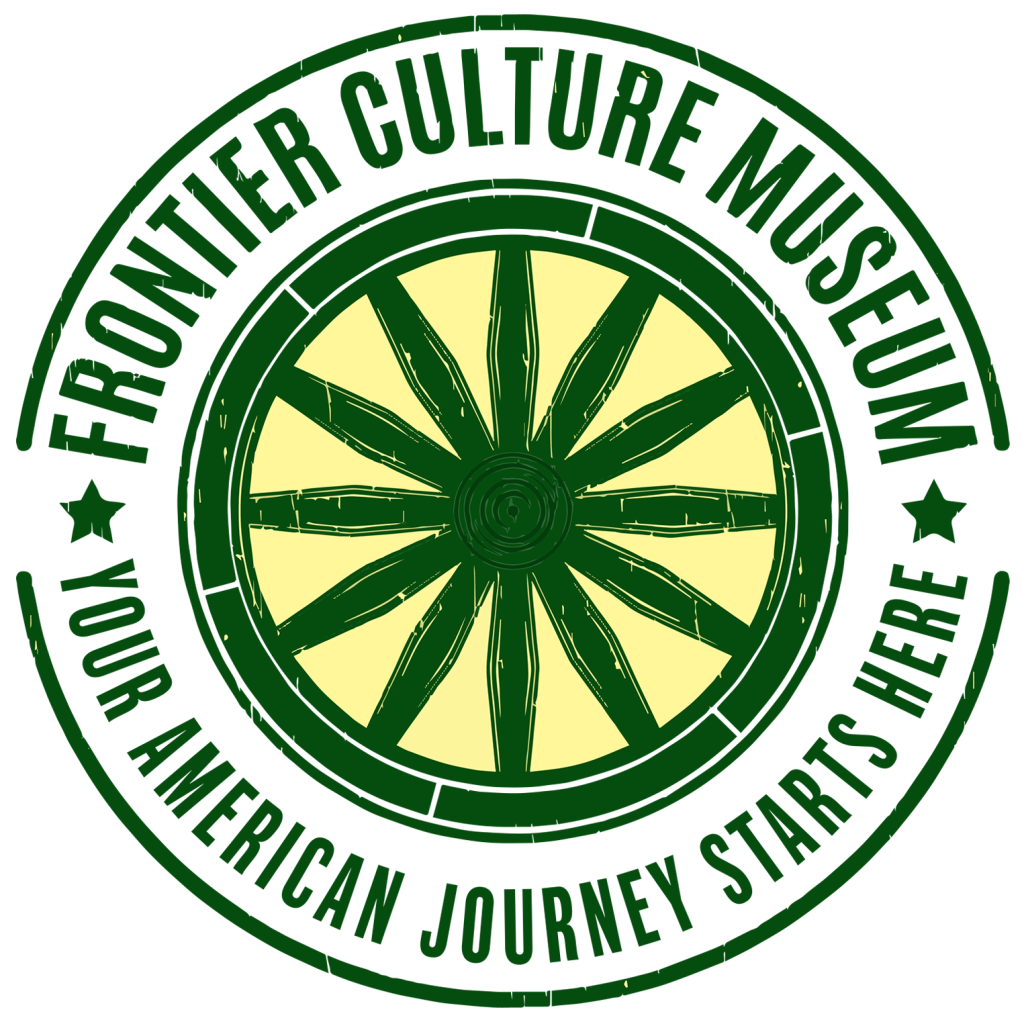Lecture Series
Ireland, 1750s

The Irish Farm at the Museum originally stood in County Tyrone in modern-day Northern Ireland.
Irish Protestants from Ulster, often called Scots-Irish, started to move to the American colonies in 1718. Most Ulster immigrants came to the colony of Pennsylvania. Competing with the Germans for land in southeastern Pennsylvania, many Irish families made their way through the Great Valley of the Appalachians to settle in western Pennsylvania, Maryland, Virginia, and the piedmont of North Carolina. By the end of the 1700s, their culture was the dominant English-speaking culture in the colonial American backcountry.
Most of the early immigrants from Ireland were descendants of Scottish and English Protestants who colonized Ulster during the 1600s as part of the “Ulster Plantation.” This was an effort by the English Crown and private investors to settle Protestant British people on Catholic Irish lands. These new settlers and their descendants were primarily tenant farmers who leased their land from English and Scottish landlords. Most were literate, and heavily involved in the local economy. The production and export of linen became the main economic activity in Ulster after 1700. Flax, which provides the fiber for the manufacture of linen cloth, was the major cash crop in Ulster, and more flax was grown there than the rest of Ireland combined.
Women in most Ulster households spun linen yarn for sale to linen weavers. Many tenant farmers were weavers who produced coarse linen cloth which they sold for cash to linen merchants. The cash they earned paid the rent on their farms and allowed them to buy food during lean times. Weaving was done in the winter months, usually by the farmer himself or an itinerant weaver who exchanged his work for room and board.
Oats were the dietary staple, but food crops were largely grown for subsistence since most of the family’s output went into the linen trade. Most families raised some cattle and swine, and occasionally sheep. Livestock provided families with butter and some meat, though most animals were sold at market. Horses were the common draft animals, and used to pull wooden plows and carts.

Emigration from Ulster was part of the larger migration from the British Isles to North America in the 17th and 18th centuries. Those who made the journey to the colonies left for a number of factors: religious tension, periodic famines, poor economic conditions caused by downturns in the Irish linen industry, and high rents were primary reasons for emigration.
Increasing awareness of the opportunities available in America also attracted immigrants from Ulster. Large-scale migration from Ulster to the colonies largely ended with the outbreak of the American Revolution.
At the time of the American Revolution, more than 100,000 Ulster immigrants had arrived in America, representing the single largest movement from the British Isles to British North America in the 1700s. Scots-Irish were often found in newly opened areas on the western edge of settlement where they served as a buffer between Native Americans and older, established eastern settlements.
Due to their numbers, they emerged as the dominant cultural group in the backcountry and they shaped frontier culture in many different ways such as in architecture, language, music, education, religion, and in libation through the introduction of whiskey.
Education and religion were important to settlers from Ulster, and they established schools, academies, and Presbyterian churches in the places they settled. Some Scots-Irish also emerged as political leaders in the backcountry. Such leaders advanced the idea of “natural freedom,” which valued individual liberty and the right to be left alone.
